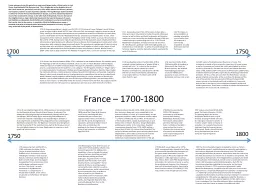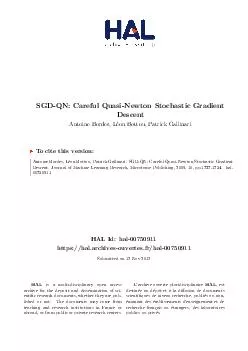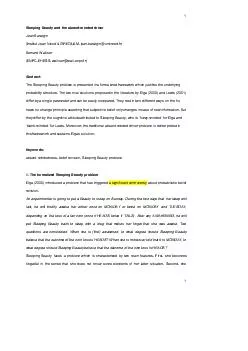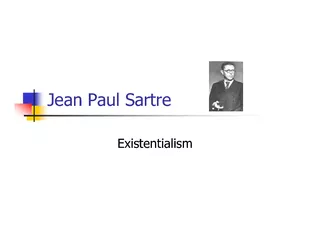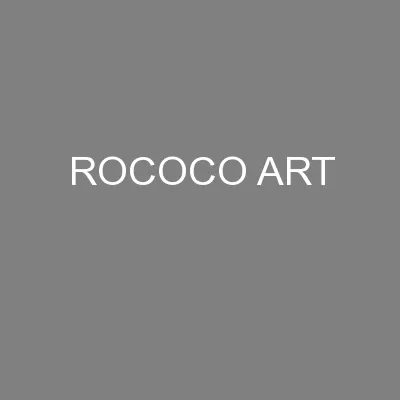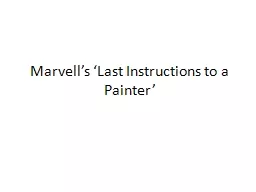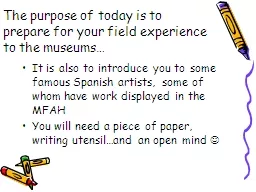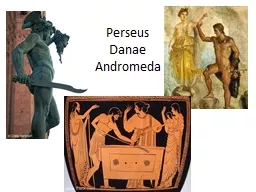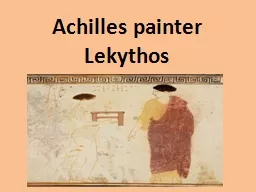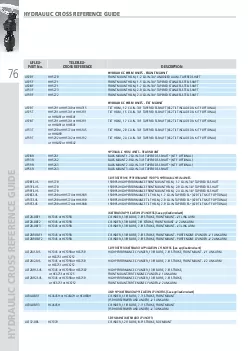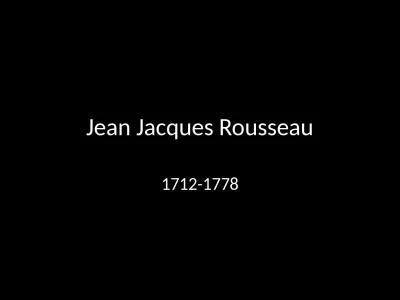PPT-1712 Painter Jean Antoine Watteau (1684–1721) is admitted
Author : lois-ondreau | Published Date : 2017-01-15
Académie Royale His reception piece The Pilgrimage to the Isle of Cythera submitted 1717 is a scene in which delicately rendered figures amble and repose in an
Presentation Embed Code
Download Presentation
Download Presentation The PPT/PDF document "1712 Painter Jean Antoine Watteau (1684�..." is the property of its rightful owner. Permission is granted to download and print the materials on this website for personal, non-commercial use only, and to display it on your personal computer provided you do not modify the materials and that you retain all copyright notices contained in the materials. By downloading content from our website, you accept the terms of this agreement.
1712 Painter Jean Antoine Watteau (1684–1721) is admitted: Transcript
Download Rules Of Document
"1712 Painter Jean Antoine Watteau (1684–1721) is admitted"The content belongs to its owner. You may download and print it for personal use, without modification, and keep all copyright notices. By downloading, you agree to these terms.
Related Documents

